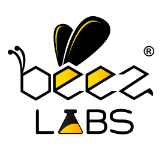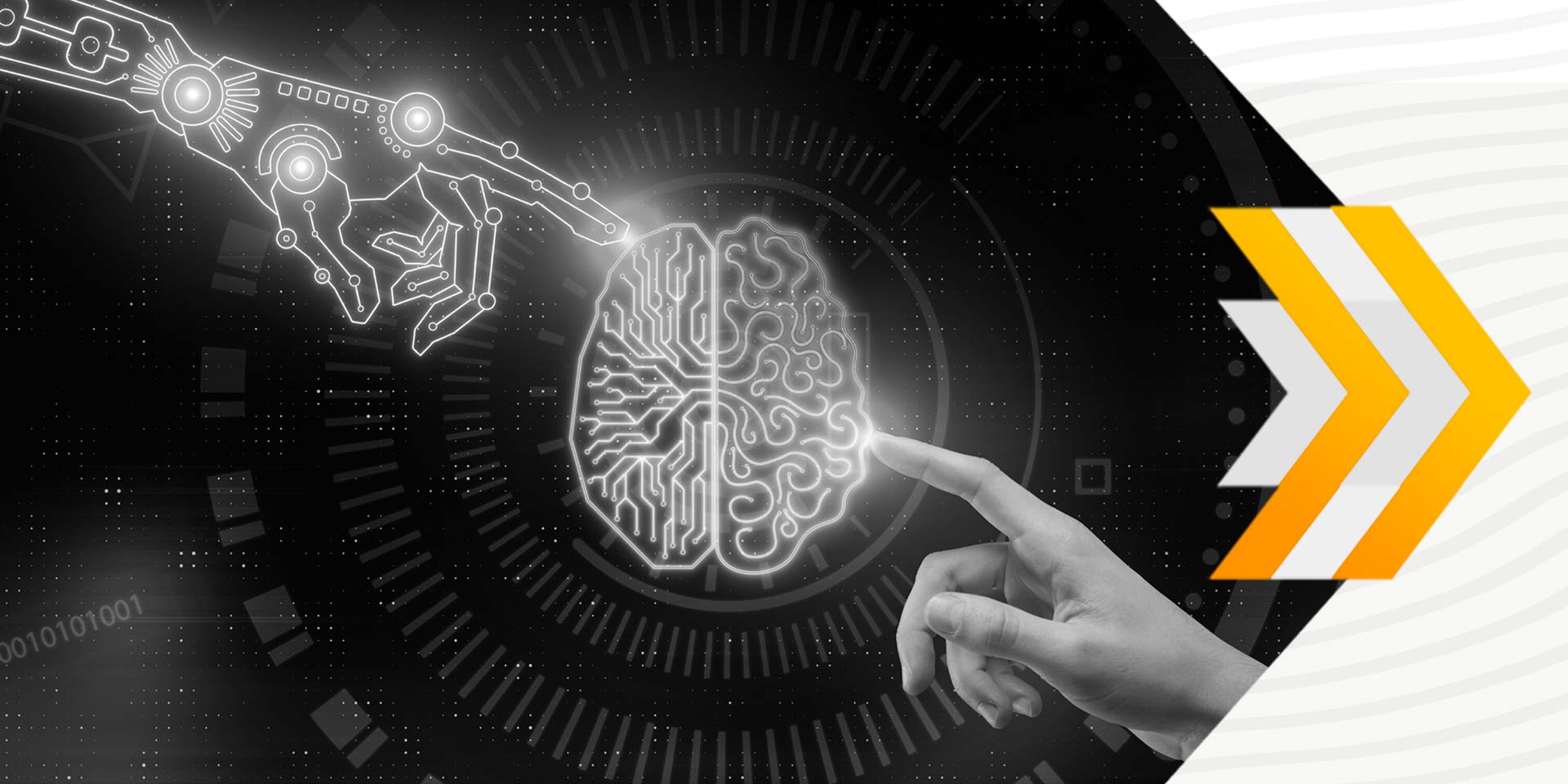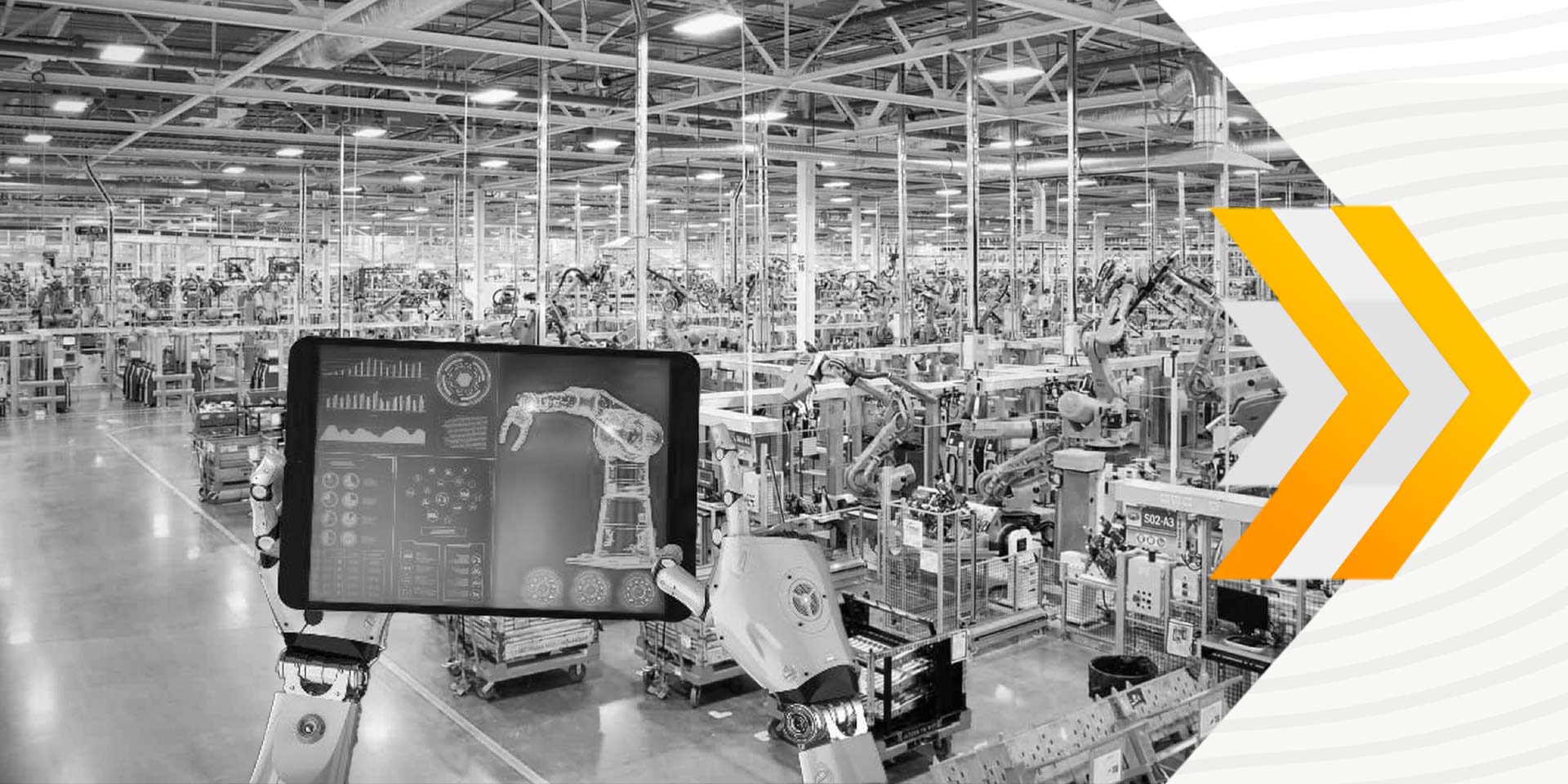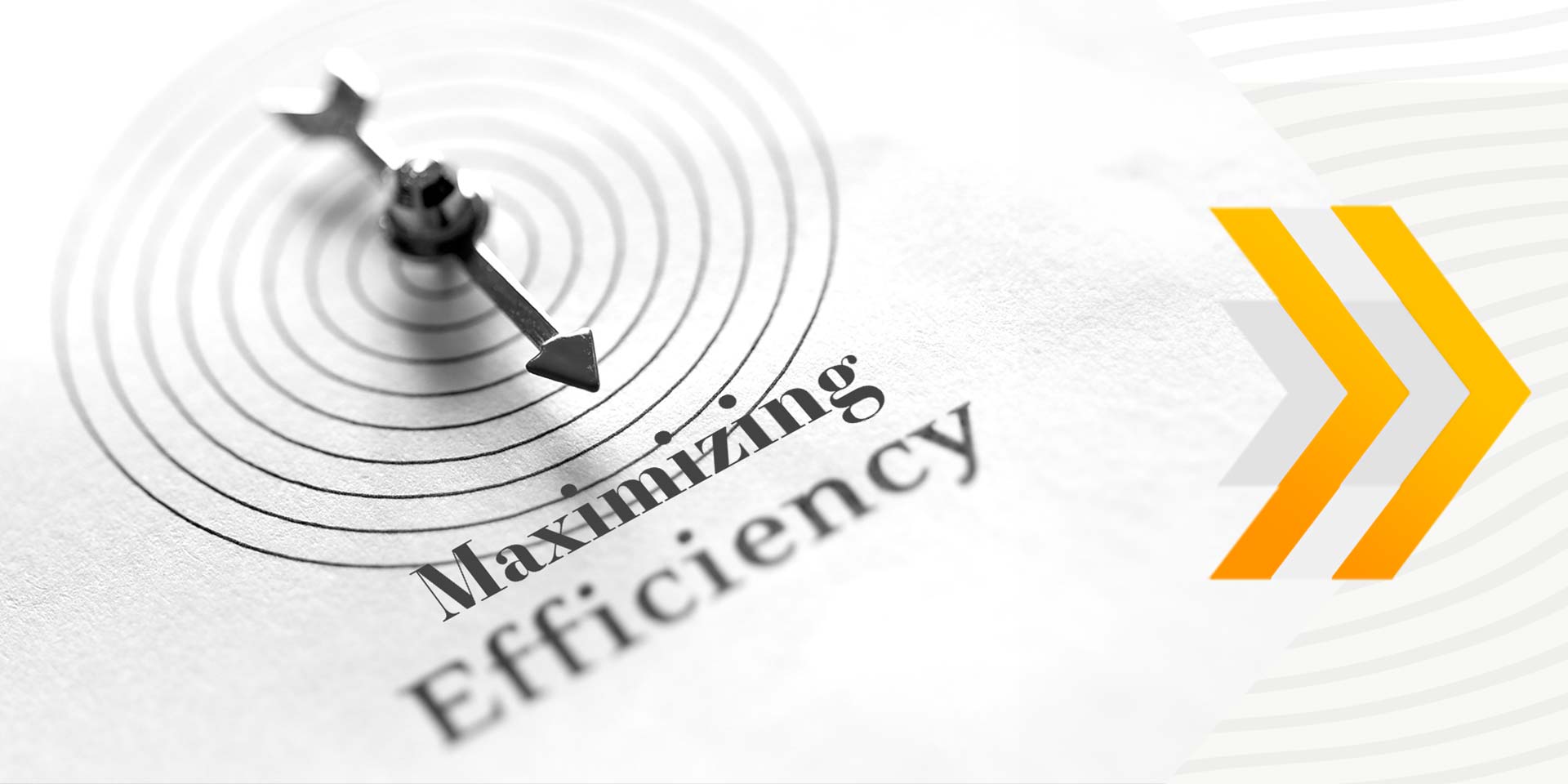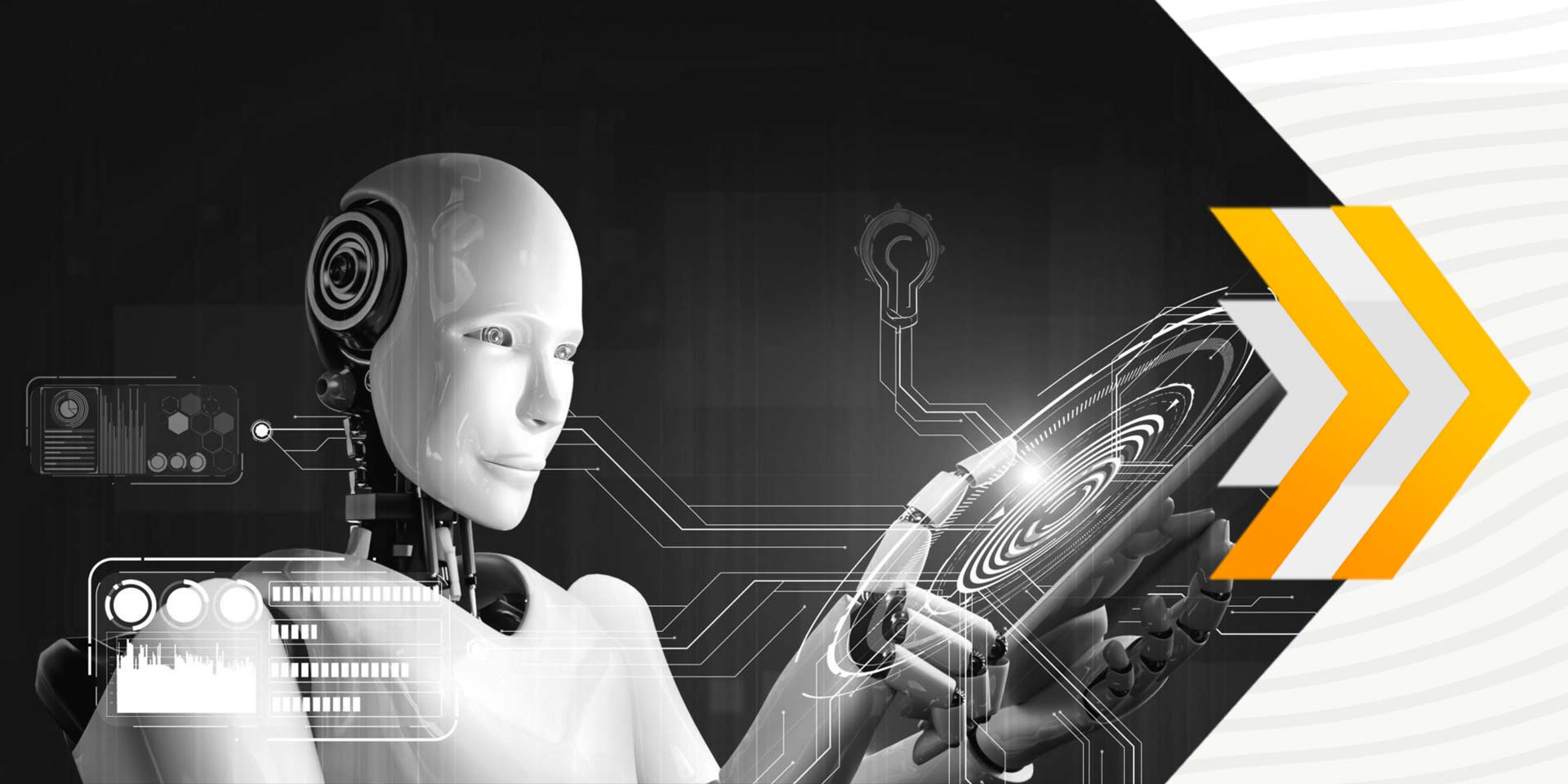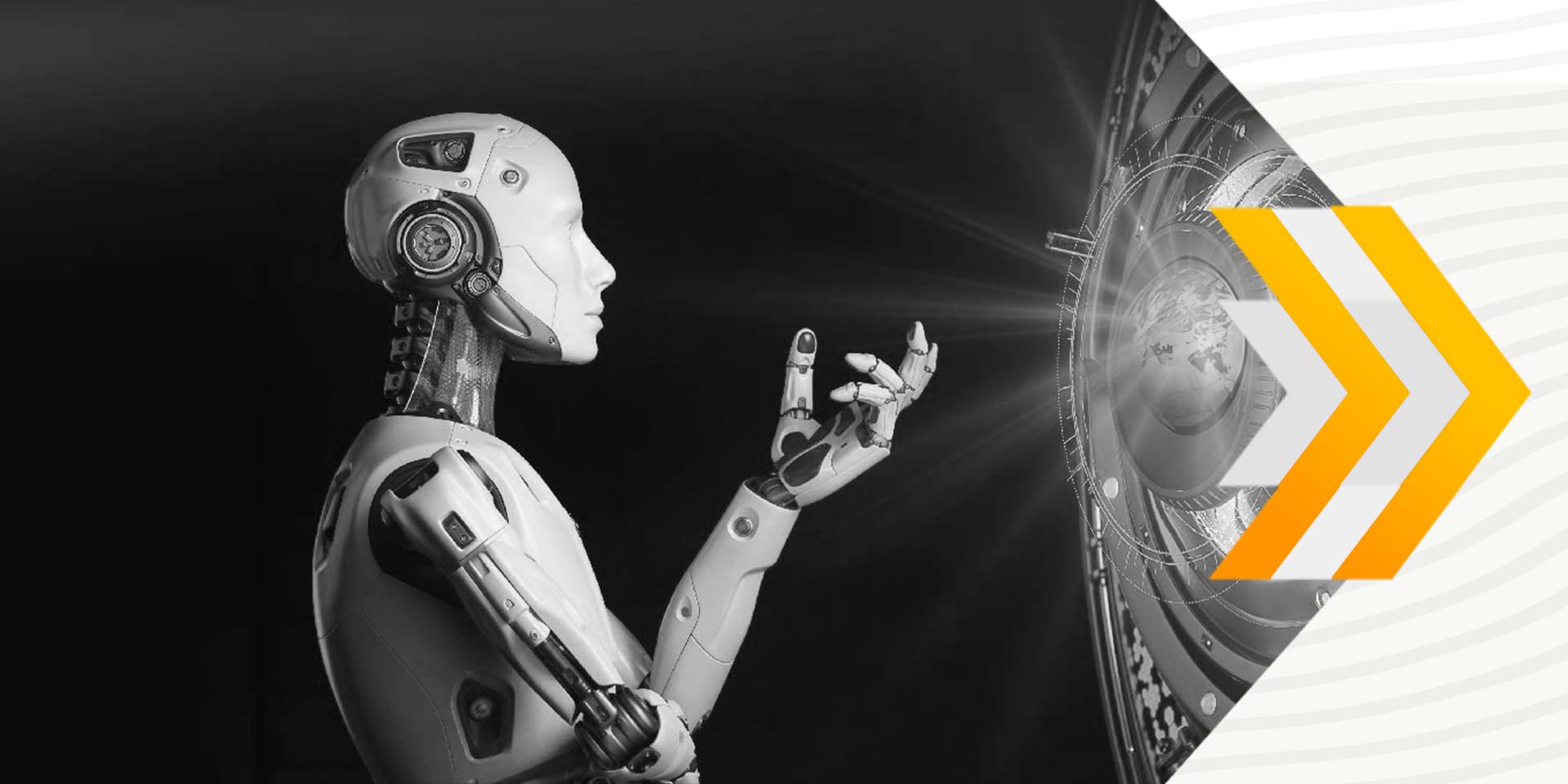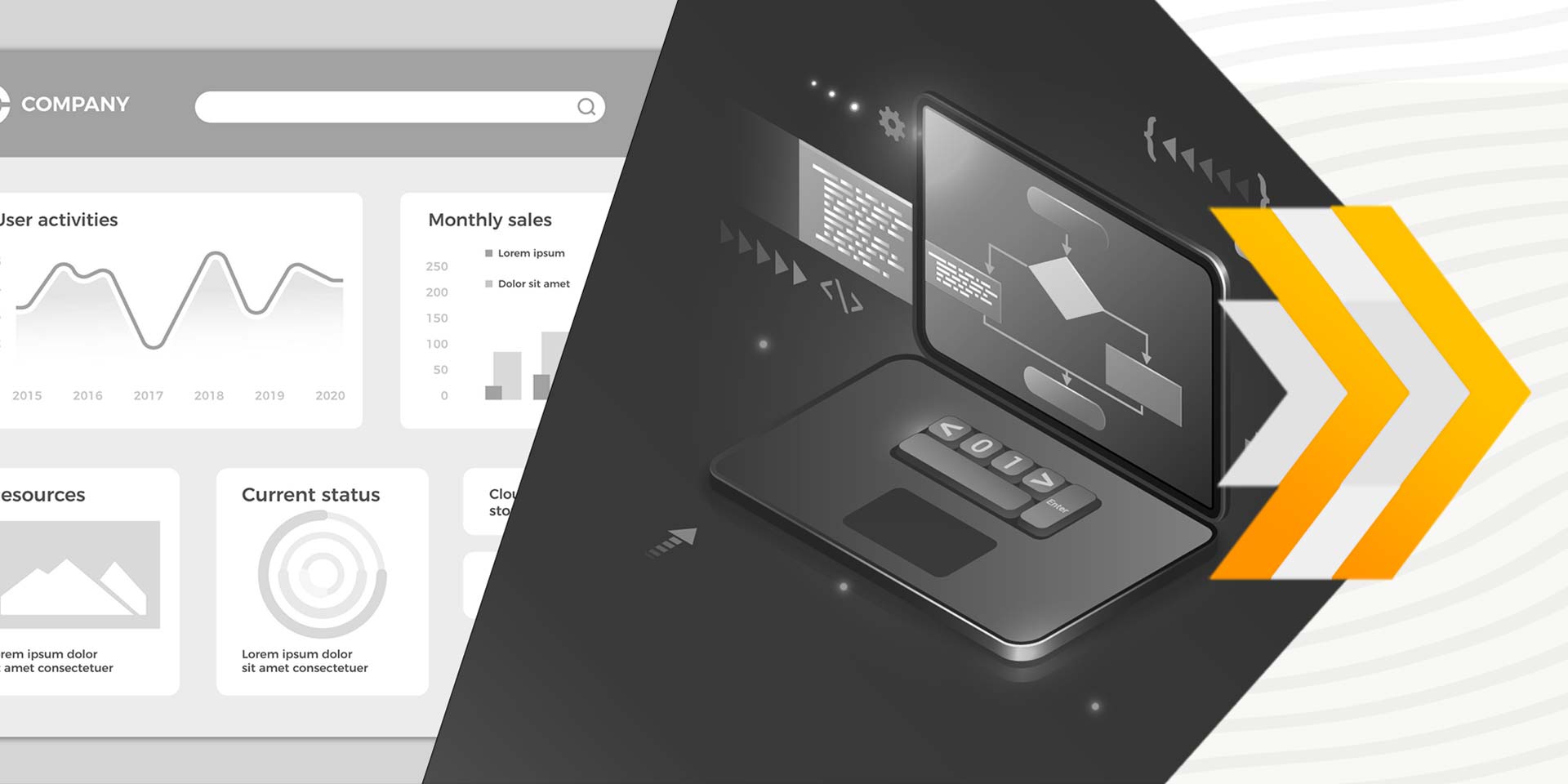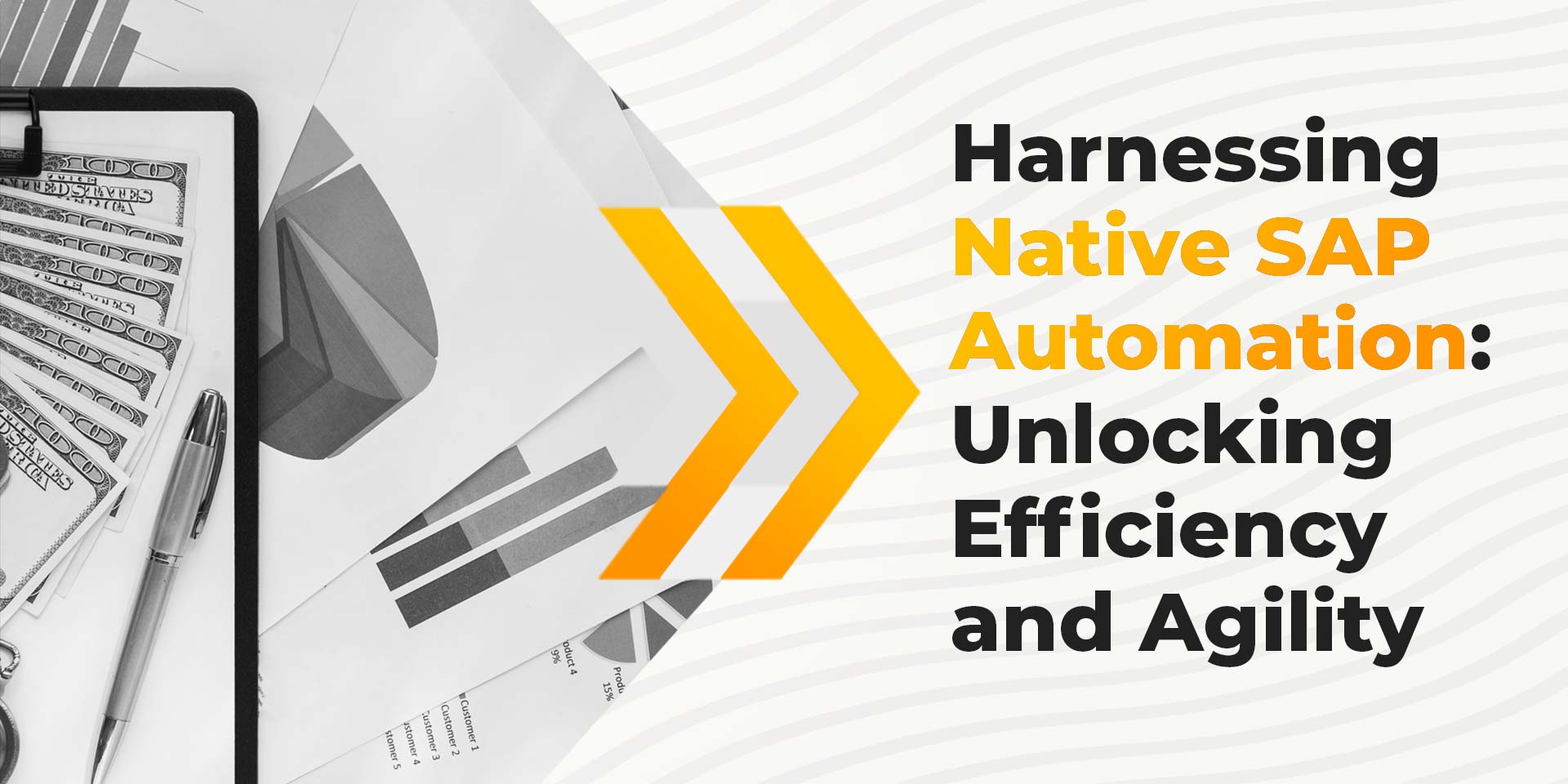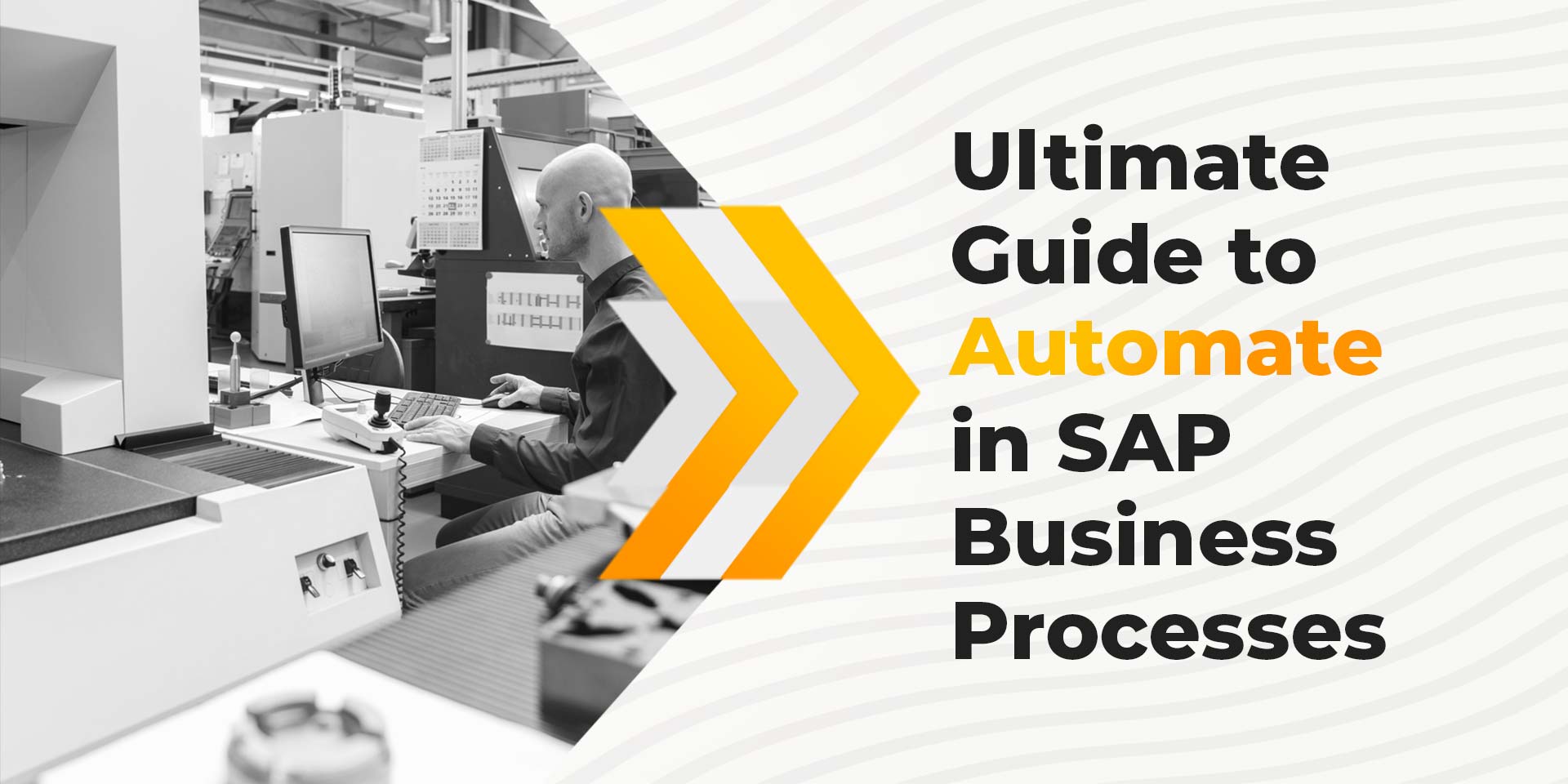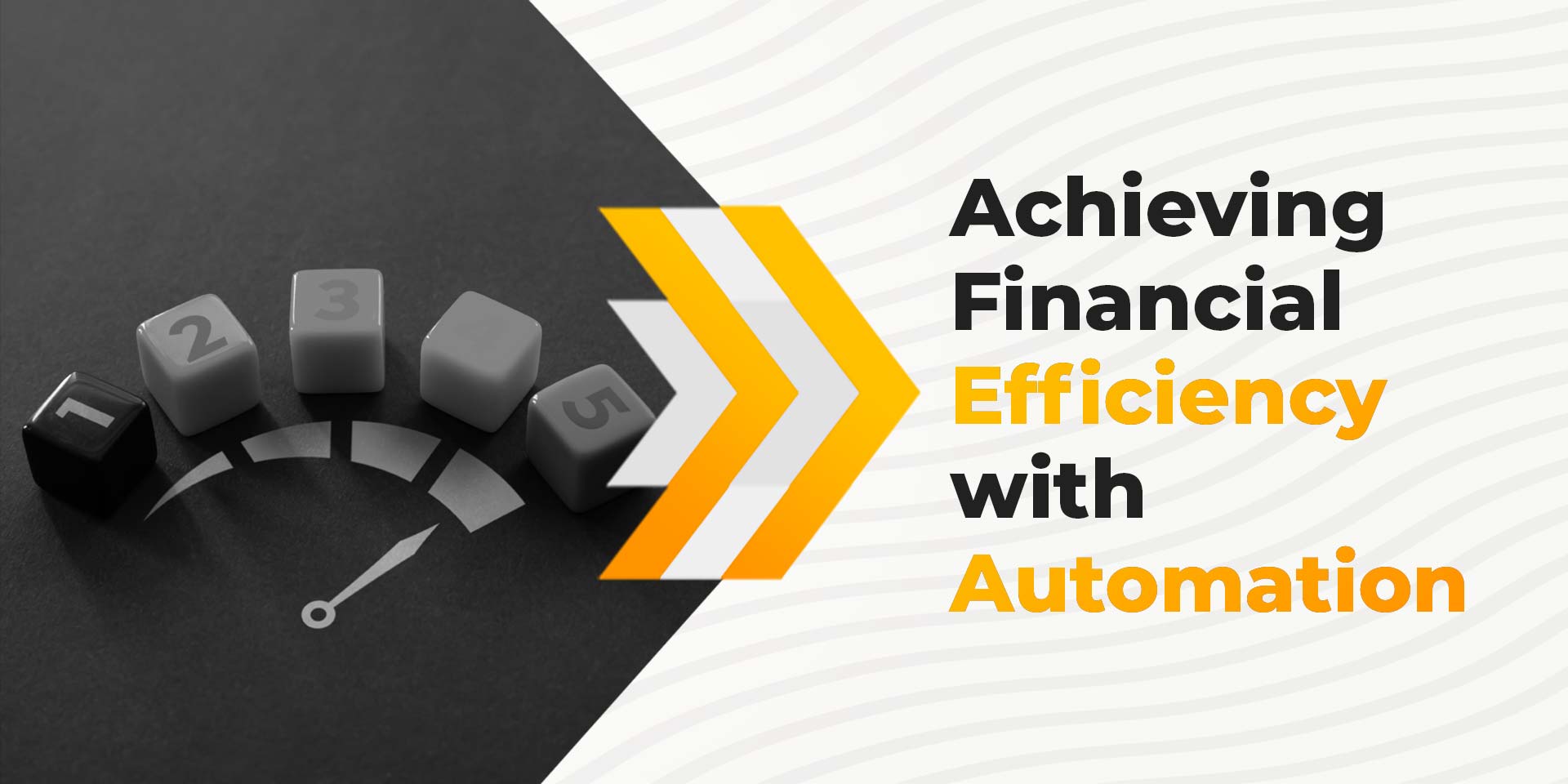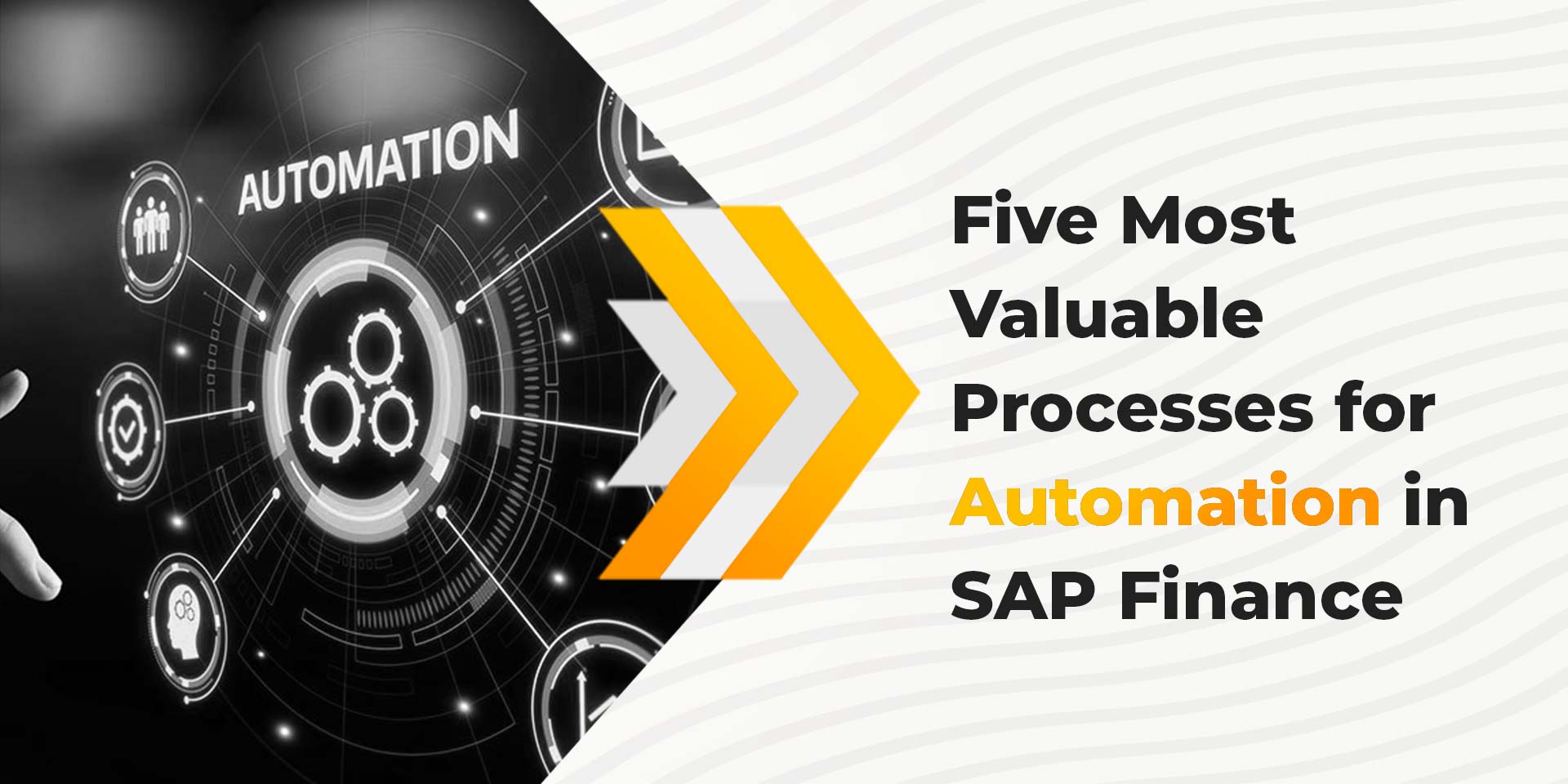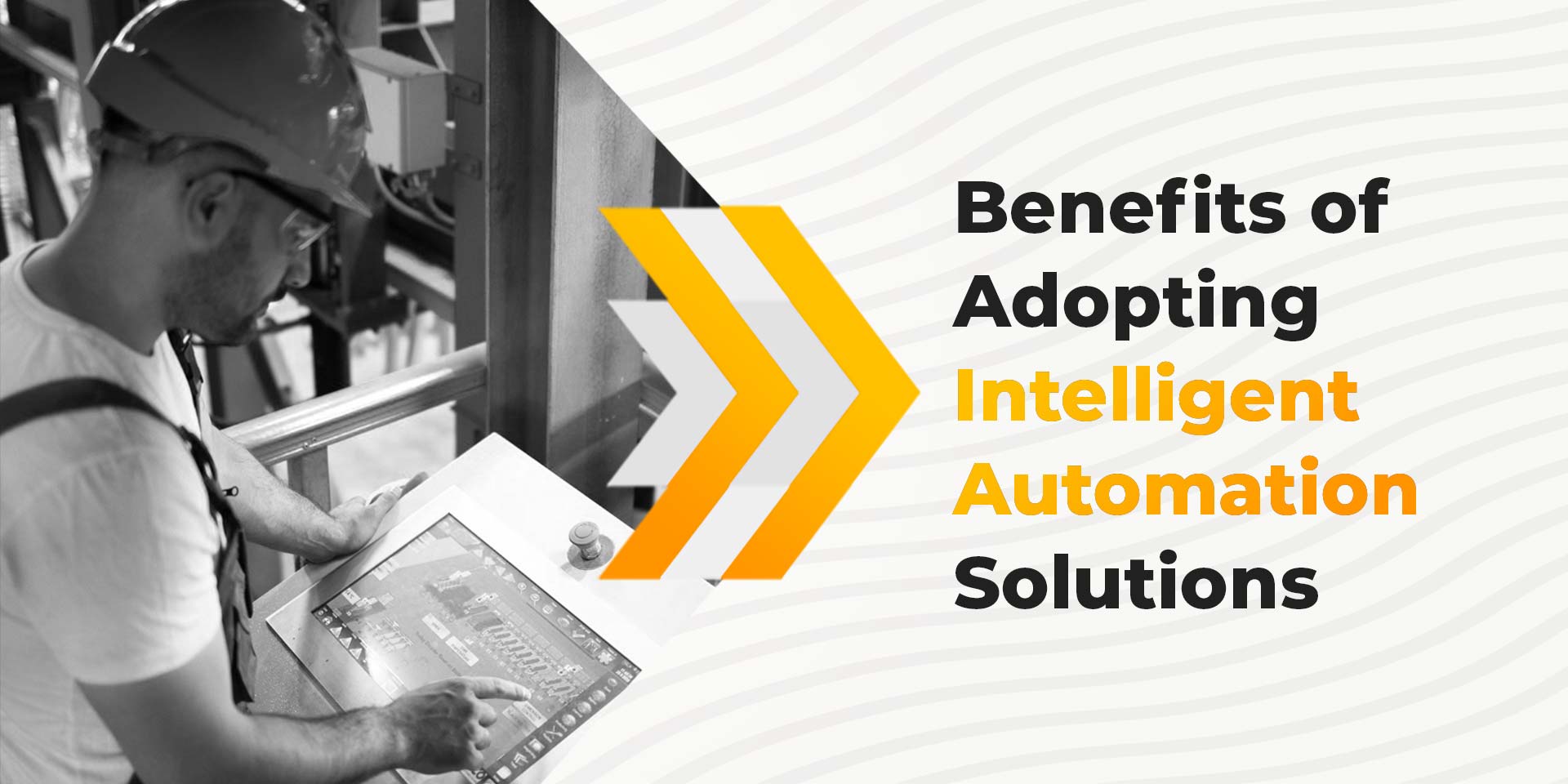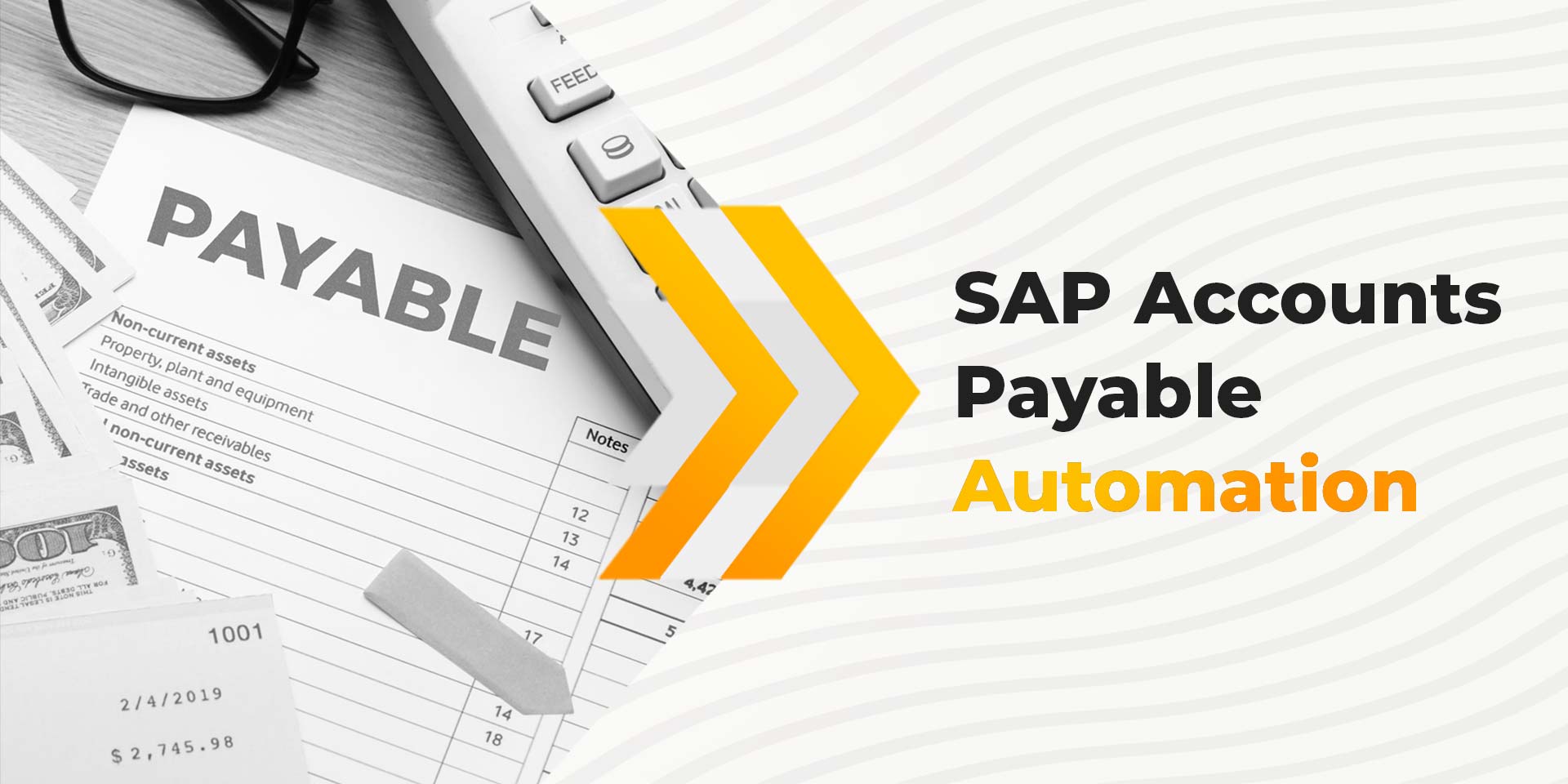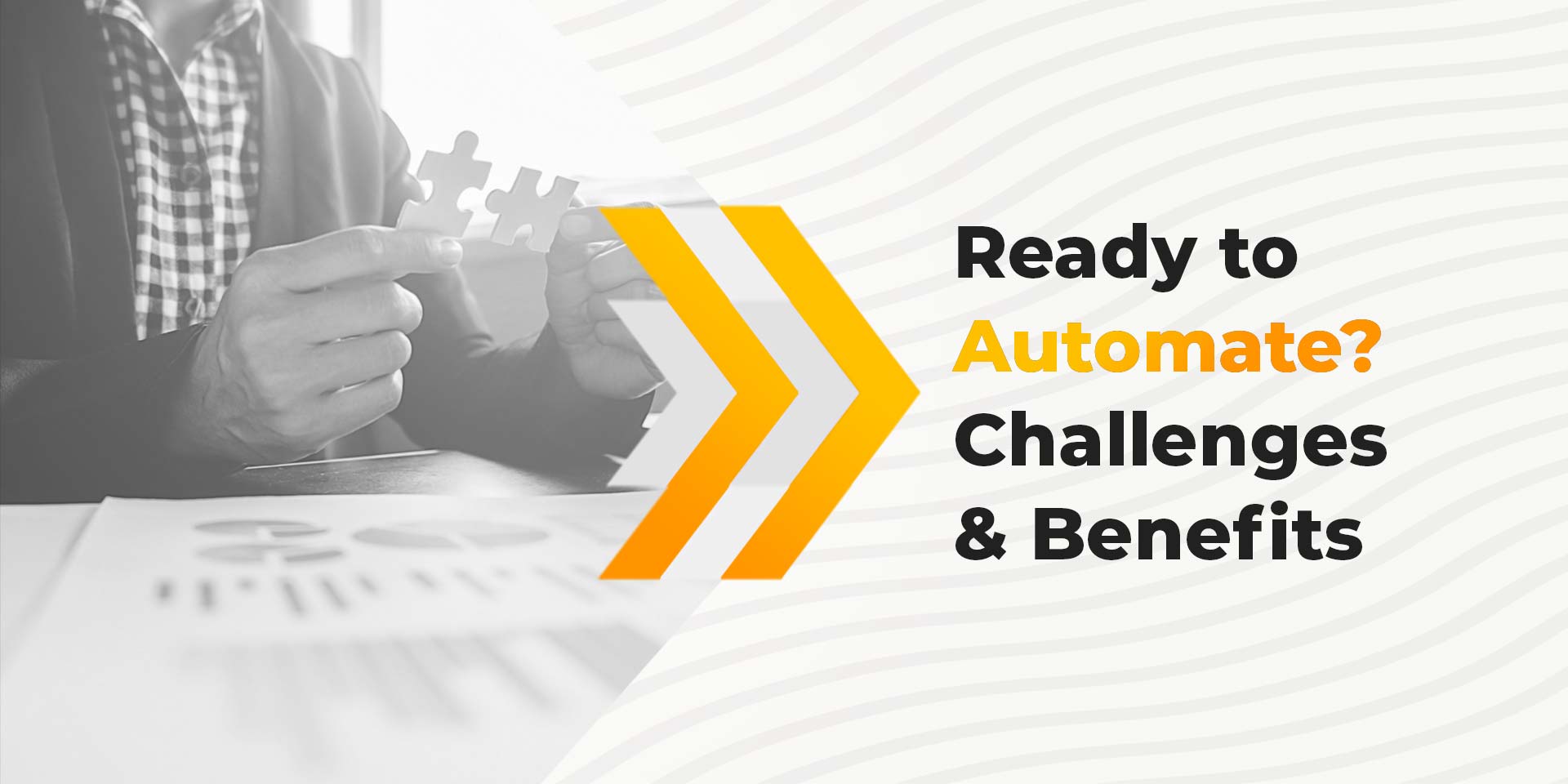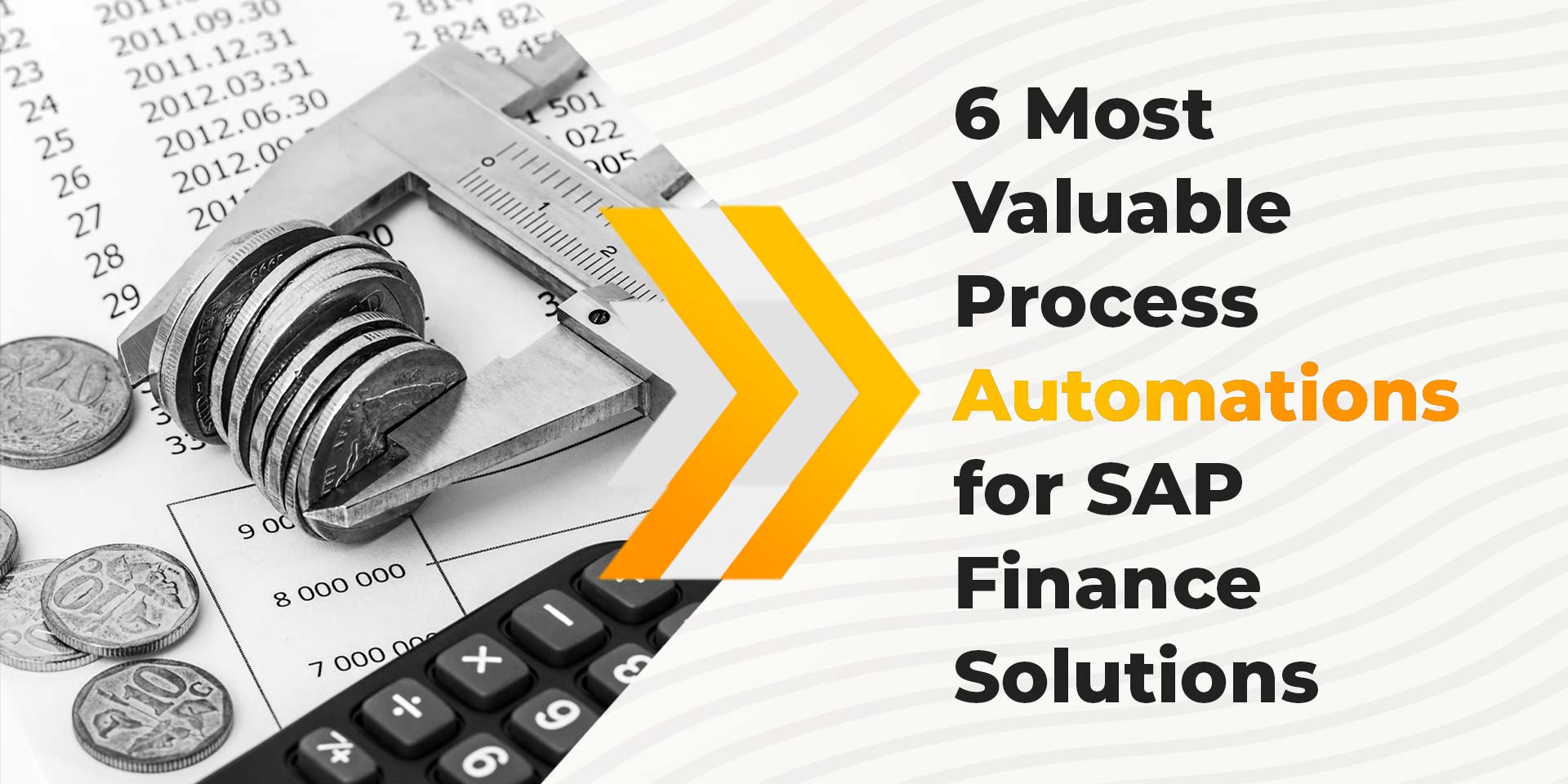Automation
Boost Your Overall Business Productivity with Automation


- Table of Contents
- Introduction
- What is RPA to run a successful business?
- Types of RPA
- Advantages and Disadvantages of RPA
- Difference Between RPA and Intelligent Automation
- Conclusion
Introduction
As the world progresses, so does the way businesses operate. To stay afloat and be successful, organizations are always looking for ways to cut costs and increase productivity. One such way is through the use of RPA or Robotics Process Automation.
RPA automates manual, time-consuming, and rules-based processes by imitating the actions of a human user. It is increasingly used across various industries, such as banking, healthcare, insurance, manufacturing, and many more. However, many traditional RPA automation tools require significant investment and an expert understanding.
However, there is a new generation of RPA tools that are much more user-friendly and easier to implement. These tools can be used by businesses of all sizes to automate their processes and boost productivity.
What is RPA (Robotics Process Automation) to run a successful business?
Robotics Process Automation (RPA) is the technology that allows anyone today to configure computer software, or a "robot," to emulate and integrate the actions of a human interacting within digital systems to execute a business process. RPA robots utilize the user interface to capture data and manipulate applications as humans do. They interpret, trigger responses, and communicate with other systems to perform a wide variety of repetitive tasks. Only substantially better: an RPA software robot never sleeps and makes zero mistakes.
An ever-growing number of organizations are implementing RPA, with some recent high-profile examples including UnitedHealth Group, SunTrust Banks, and American Express. But while these companies have achieved significant efficiency gains and cost savings, others have struggled to implement RPA successfully.
A number of factors can contribute to an unsuccessful RPA deployment, but one of the most common is a lack of understanding of how RPA works and what it can do. In this article, we'll look at some of the basics of RPA so you can avoid making the same mistakes.
RPA is a type of software that can be used to automate repetitive, rule-based tasks. It's similar to other types of automation, such as macro recording, but it doesn't require coding or scripting. Instead, it uses a graphical user interface (GUI) to create "bots" that can be deployed to do the work for you.
Types of RPA
There are two types of RPA:
• Rule-based: These bots are designed to carry out simple and repetitive tasks that follow well-defined rules and are not subject to frequent changes.
• Machine learning-based: These bots are designed to carry out tasks that require some level of intelligence and are subject to frequent changes.
Advantages of RPA
RPA can provide many benefits, including:
• Increased accuracy: Bots can carry out tasks with a high degree of accuracy and consistency.
• Reduced costs: RPA can help to reduce the cost of labor-intensive tasks.
• Increased productivity and decision making: By automating repetitive and tedious tasks, RPA can help to improve productivity and decision-making.
• Improved customer service: By providing faster and more accurate responses to customers, RPA can help to improve customer satisfaction.
• Reduced risks: RPA can help to reduce the risk of human error.
• Compliance with regulations: By ensuring that tasks are carried out in compliance with regulations, RPA can help to reduce the risk of non-compliance.
• Enhanced data quality and agility: By providing accurate and consistent data, RPA can help improve the quality of information and be more agile in their response to change.
Disadvantages of RPA
• Attrition: By automating tasks, there is a risk that employees may become redundant and leave the company.
• Implementation and integration issues: RPA can be difficult to implement and integrate into existing systems.
• High initial costs: The initial cost of RPA can be high due to the upfront investment in software, licenses, and training.
• Added complexity: RPA can add complexity to a process if not implemented correctly.
• Magnification of problematic processes: RPA can magnify the problems of a process if it is not well designed.
• Scalability: A business can be difficult to scale up with RPA
Difference Between RPA and Intelligent Automation
RPA is a form of intelligent automation that can automate repetitive, rule-based digital tasks. However, IA goes beyond RPA by adding the ability to make decisions, learn, and adapt to new situations. In addition, IA can automate more complex tasks requiring human-like skills, such as decision-making and natural language processing. A modernized smart automation platform allows you to construct intelligent components such as OCR, NLP, CV, AI/ML, bots, and your domain-specific language.
When to Use RPA vs. IA
RPA is best suited for automating simple, repetitive tasks that do not require human cognitive skills. On the other hand, IA is best suited for automating complex tasks that require human cognitive skills such as decision-making and natural language processing. If you need help deciding whether RPA or IA is right for your business, you can book an appointment to learn more.
Conclusion
Tulip, is the first modernized smart automation platform that allows you to construct intelligent components without code. As a result, you can optimize your business by automating all your manual tasks and processes. We are a firm dedicated to harnessing automation's unrivaled potential to innovate, create, and save time. With BeezLabs, you can get the most out of technology. With us, you can take your business to the next level!
